Preserving the past: Edward S. Curtis and his storied portraits of Native Americans
posted Tuesday, November 29, 2016 at 2:00 PM EST
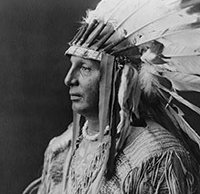
Updated on December 5: Added information about "Rediscovering Genius: The Works of Edward S. Curtis" show
November is National American Indian Heritage Month, and as such it seems particularly appropriate to take a moment to look at the legacy of American photographer Edward S. Curtis.
Edward S. Curtis was an American photographer in the late 19th and early 20th centuries. His love affair with photography began shortly after he left school in the sixth grade when Curtis built his own camera. At 17, he became an apprentice photographer. Two years later, he and his family moved to Seattle and Curtis became a partner in a photographic studio. In 1895, when Curtis was in his late 20s, he photographed Princess Angeline, who was the daughter of Chief Sealth of Seattle. This was Curtis’s first portrait of a Native American and would set him on a path that would later define his photographic legacy.
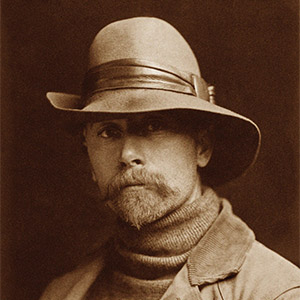
A decade following his portrait of Princess Angeline and a series of smaller jobs following it, J.P. Morgan granted Curtis $75,000 for his time and expenses, which is in the neighborhood of $2 million in today’s dollars, to produce a 1,500-photograph series on Native Americans. The massive undertaking was expected to take roughly 20 years and Curtis’ payment upon completion would come in the form of 25 sets and 500 original prints. Curtis’s goal was to document the Native American way of life before it disappeared. To his credit, this was impressive foresight at the time. In total, Edward S. Curtis captured over 40,000 images of members of over 80 tribes. In fact, some of Curtis’s writings remain to this day the only written records of many tribes and tribal leaders. Despite some controversy over Curtis’s process, which at times included removing evidence of modernity in Native American tribes for his portraits, his work remains in many cases the last evidence of cultures long since lost. We have selected a handful of the over 1,000 images of Curtis’s which have been digitized by the Library of Congress to share below.
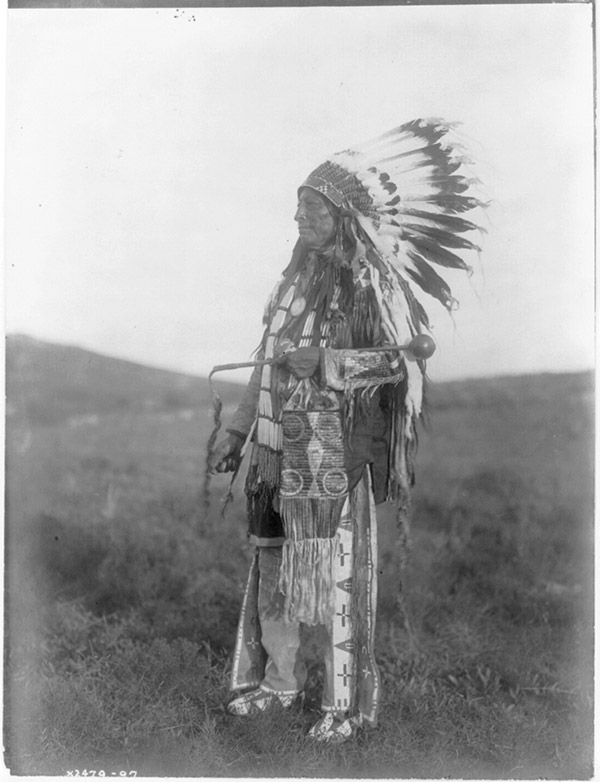
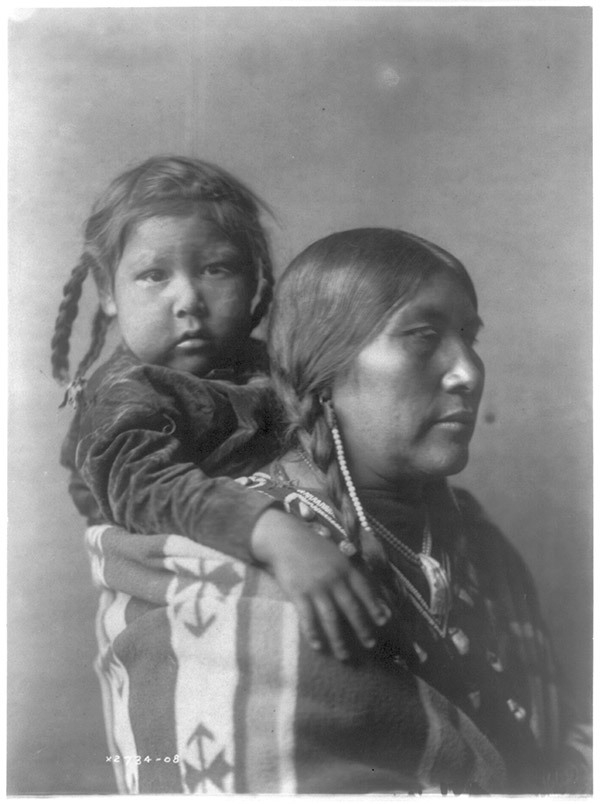
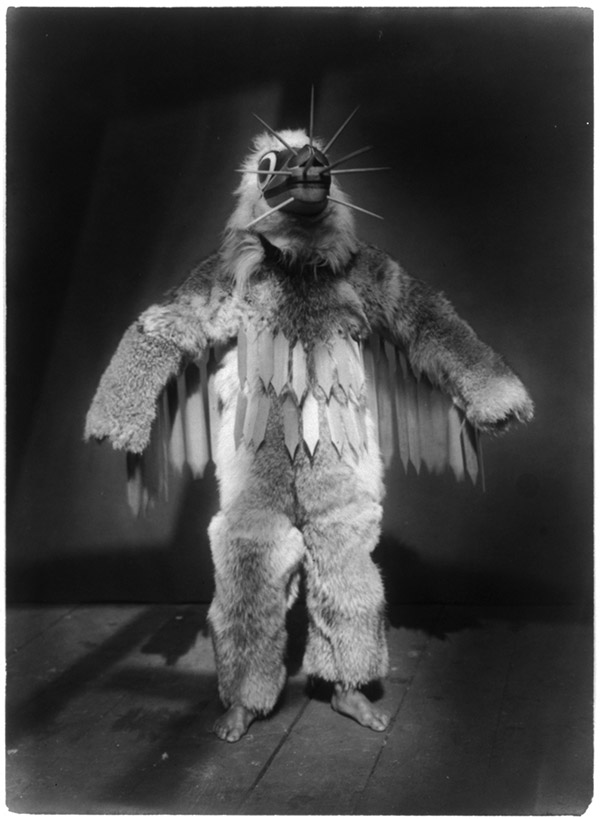
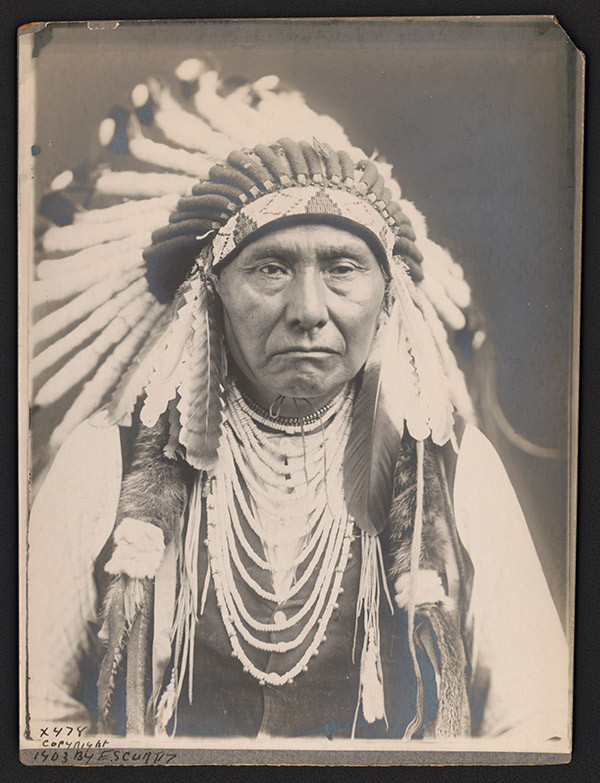
To learn more about National American Indian Heritage Month, visit this site. You can view more of Edward S. Curtis’s work and learn about him here.
Update: If you're in the Los Angeles, California area and want to see Edward S. Curtis's work in person, the Depart Foundation has an ongoing exhibition, "Rediscovering Genius: The Works of Edward S. Curtis" which is the "premiere institutional showing of Curtis's masterwork body of Copper Photogravure Printing Plates" which he used in creating "The North American Indian." The show, which runs until January 7, 2017 includes "examples from every photographic medium in which the artist worked." The exhibition is curated by Bruce Kapson, an expert on Curtis's work and artistic process. For more information on the exhition, see this Facebook event page.
(Seen via My Modern Met. Index image: "White Shield -- Arikara," by Edward S. Curtis in 1908. Image source: Library of Congress. This image has been cropped.)